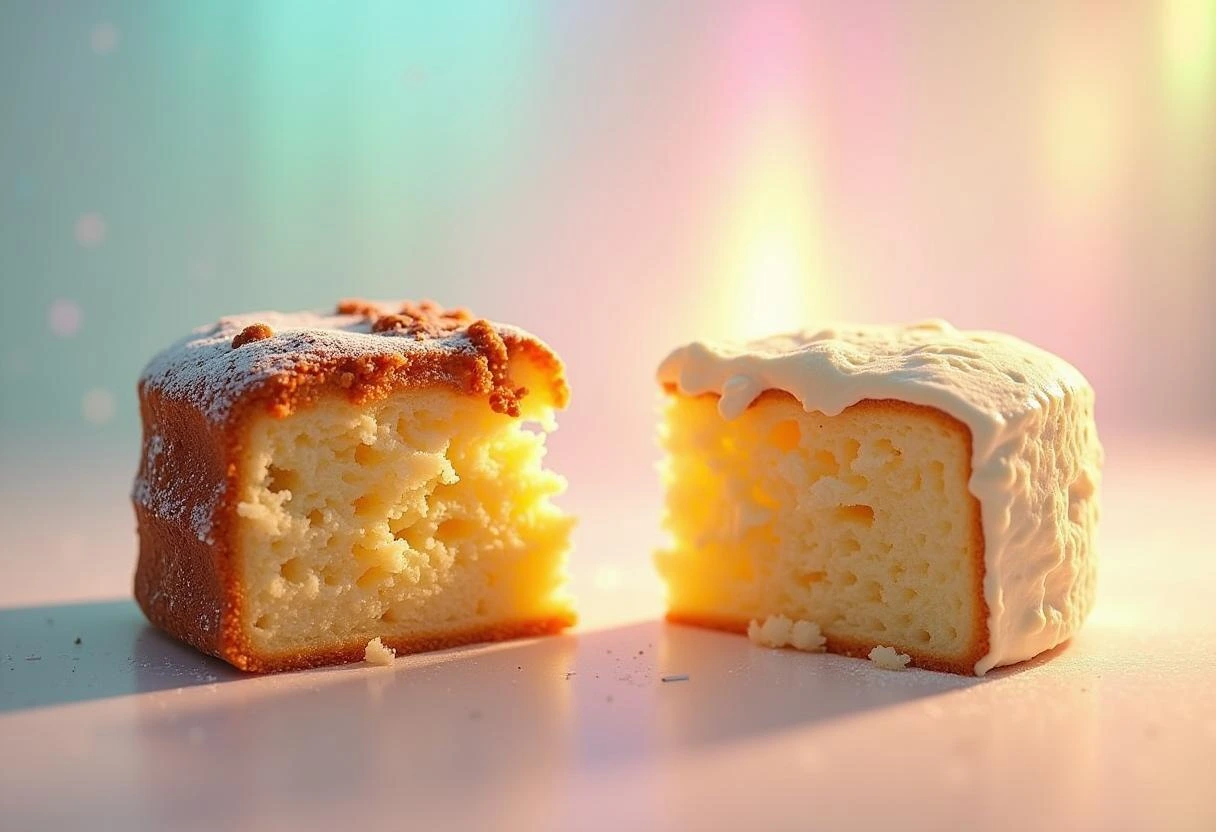Step-by-Step Guide to Baking a Moist and Fluffy Cake
Preheat Your Oven
Preheat to 350°F (175°C) unless specified otherwise.
Tip: Use an oven thermometer to ensure accurate temperature.
Prepare Your Baking Pan
Grease and flour the pan or line it with parchment paper.
Tip: Ensure the pan size matches the recipe to avoid overflow or flat cakes.
Measure Ingredients Accurately
Use measuring cups for dry ingredients and a liquid measuring cup for wet ingredients.
Tip: Spoon flour into the measuring cup and level it off with a knife.
Sift Dry Ingredients
Combine flour, baking powder, baking soda, and salt in a bowl and sift.
Tip: Sifting breaks up lumps and aerates the mixture for a lighter texture.
Cream Butter and Sugar
Beat butter and sugar until light and fluffy (2–3 minutes).
Tip: Use room-temperature butter for smoother creaming.
Add Eggs One at a Time
Mix well after each egg to maintain a smooth batter.
Tip: Crack eggs into a separate bowl first to avoid shells.
Alternate Wet and Dry Ingredients
Gradually add dry ingredients in three parts, alternating with milk or buttermilk.
Tip: Mix on low speed and avoid overmixing to prevent a dense cake.
Pour Batter Into the Pan
Distribute evenly and smooth the surface with a spatula.
Tip: Tap the pan on the counter to release air bubbles.
Bake the Cake
Place in the center of the oven and bake as directed.
Tip: Check for doneness with a toothpick; it should come out clean or with a few moist crumbs.
Cool the Cake Properly
Cool in the pan for 10–15 minutes, then transfer to a wire rack.
Tip: Cover with a towel while cooling to retain moisture.
